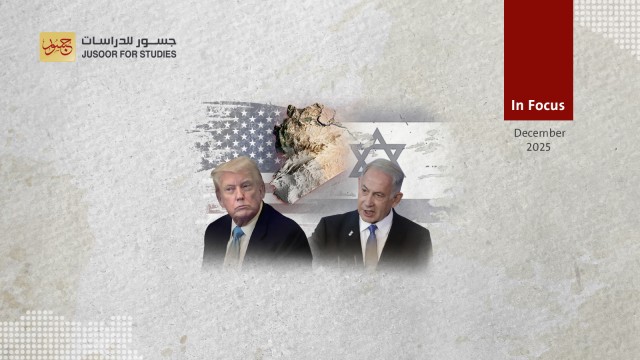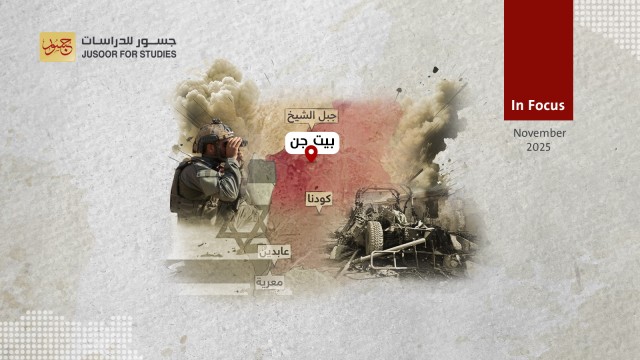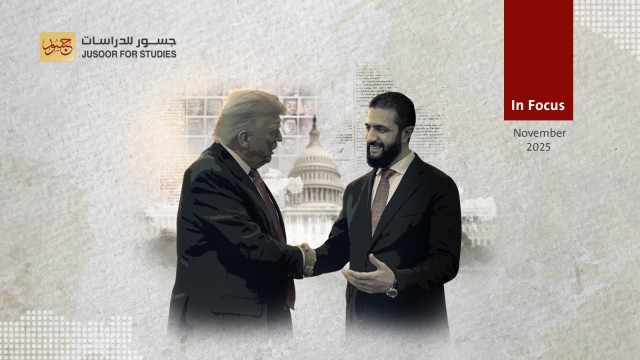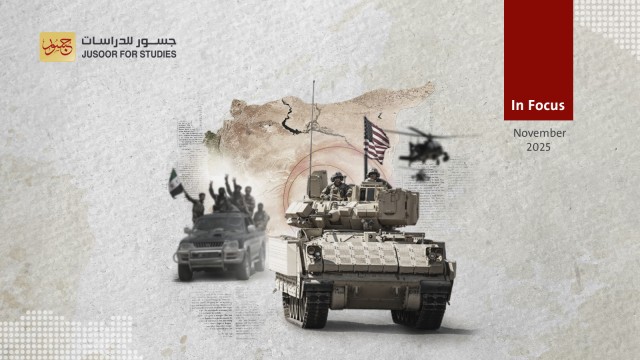Can Iran Establish a Naval Base on the Syrian Coast?
Iran is seeking to expand a small naval base it established in Tartous on the Syrian coast in early 2024. This is part of its broader strategy to enhance its land, air, and sea military capabilities in Syria. However, Iran appears to be facing difficulties in building its naval capacity, as evidenced by the killing of a senior commander in Iran’s Revolutionary Guard Corps (IRGC), Reza Zarayei, in an Israeli airstrike on March 1.
Iran’s involvement with Syria’s naval forces dates back to 2007. Following its direct military intervention in Syria after the uprising in 2011, it began efforts to expand and strengthen its naval capabilities.
In 2017, it announced that it had obtained a concession to establish, manage, and operate a port in the Ain al-Zarqa area of Tartous province, near the Syrian border with Lebanon, for a period of 30 to 40 years.
Iran hopes that establishing a military presence on the Mediterranean Sea, aside from safeguarding its economic interests, will strengthen its military presence in Syria and the region by securing its influence on the Mediterranean coastline and safeguarding its future interests, such as restarting the currently closed pipeline between Kirkuk in Iraq and Baniyas on the Syrian coast.
It also aims to provide an alternative to the Lebanese coast as a look-out point, especially after the Beirut port explosion, in order to monitor and coordinate the movement of Iranian warships in the Mediterranean and commercial ships on military-linked missions such as carrying missile parts, to conduct reconnaissance and electronic surveillance, and to secure its strategic interests in Syria independently of Russia.
Yet Iran’s efforts to strengthen its military influence on the Syrian coast face a number of political, natural, and technical obstacles that hinder its ability to expand its existing military post and transform it into a base. The most prominent of these obstacles include:
- Russian Presence: Russia has operated a logistics supply point in Tartous since before 2011, which was subsequently expanded to become a military base as Russia took control of part of the military wharf in Tartous. Russia has since increased the number of ships it docks there and has taken control of part of the Port of Tartous for its offices and equipment warehouses. Russia will not allow Iran to have a competing naval military presence in the vicinity of its base.
- Geographical Challenges: The area is not suitable for expanding the existing post and transforming it into a base, as the coast varies between deep and shallow waters, sandy areas, and rocky regions near the shore. This poses a risk of ships running aground, causing severe damage or completely destroying them. Additionally, it is difficult to introduce certain naval military units, as in the case of the Mina al-Baida in Tartous (the Al-Harithi barracks), where quadruple missile boats could only enter with great difficulty.
- Lack of Naval Capabilities: Iran lacks the weapons needed for a naval base, including cruisers, destroyers, missile boats, patrol boats, guard ships, minesweepers, submarines, and naval aviation. Iran cannot afford the high cost of constructing a special wharf and providing the necessary military means for the base.
As a result, Iran is not conducting any naval movements on the Syrian coast, unlike the numerous joint terrestrial operations it has carried out with its allied militias and Syrian regime forces, most recently in 2023 with the participation of the commander of the Quds Force in the Iranian Revolutionary Guard, Ismail Qaani.
This indicates the modest size of the naval force it likely seeks to establish. Additionally, the Arab al-Malik area, the location of the announced Iranian base, is suitable for naval landings, meaning that Iran’s presence there may be merely due to its fear that forces hostile to its own may land there. This would mean that its presence more defensive than offensive.








